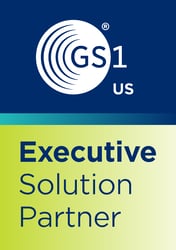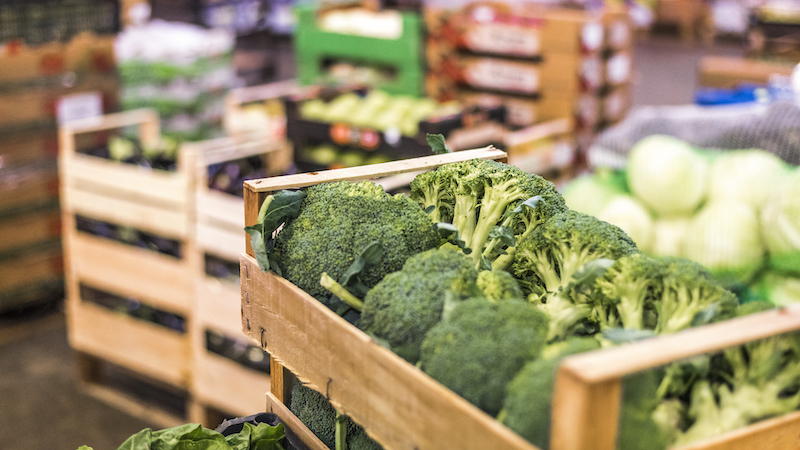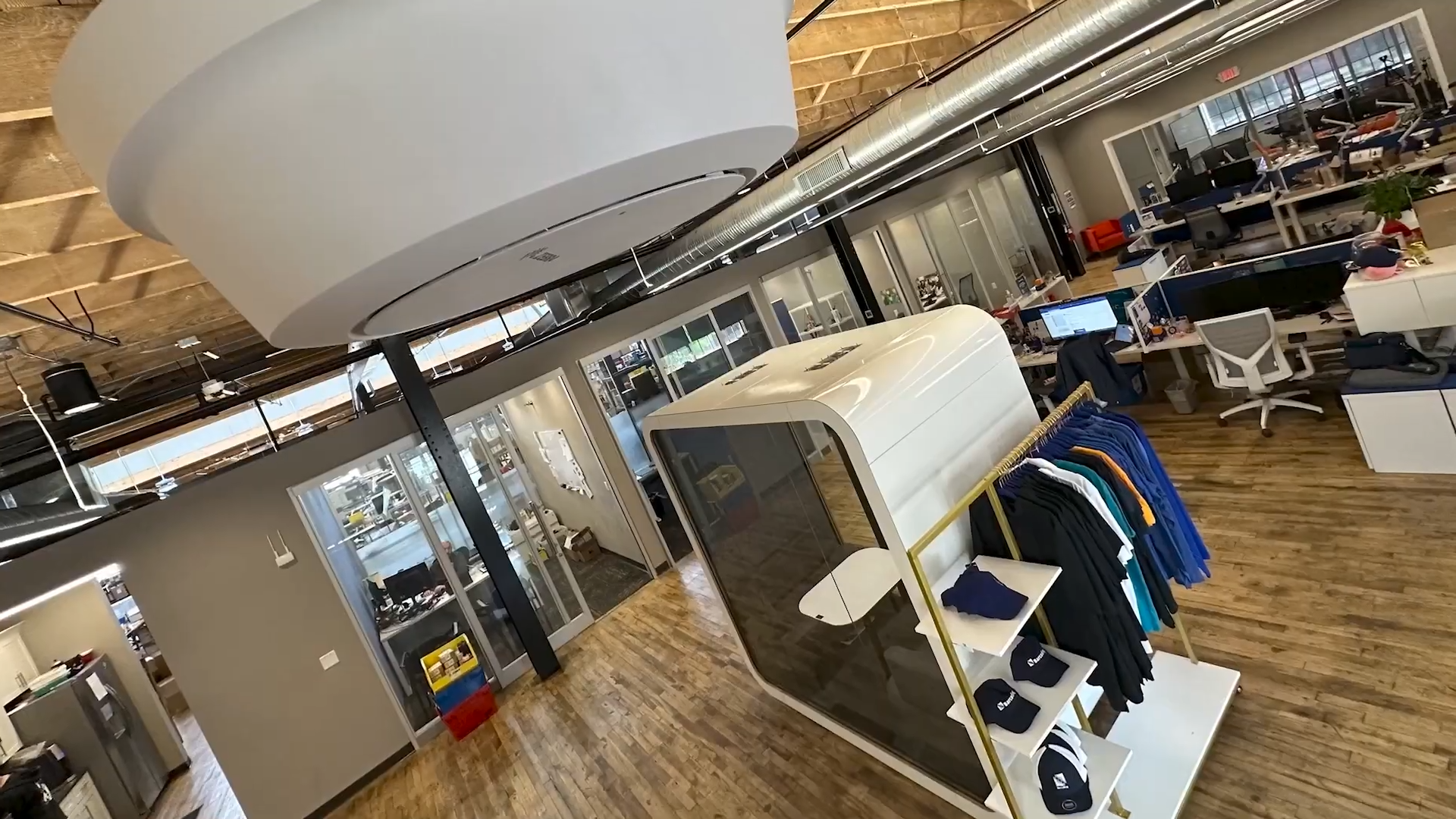The Food and Drug Administration’s updates to Section 204 of the Food Safety Modernization Act (FSMA 204) will require food supply chain stakeholders from producers to grocers and quick-serve restaurants (QSRs) to establish and maintain a traceability plan, with a compliance date of January 20, 2026.
If more than two years away feels far off, it might help to realize that the disruptions of 2020 were about that long ago, and an original FSMA 204 compliance date of January 2025 had been expected. That extra year the FDA added is anything but a license to put off your compliance efforts. Rather, it might be an indicator of how complex and focused those efforts will need to be.
Speaking of compliance, FSMA 204 doesn’t prescribe the use of any specific technology for food traceability compliance, but it does have many stakeholders taking a closer look at RAIN RFID (radio frequency identification) solutions. Why? Three major reasons:
- Serialized item-level visibility into inventory provides virtually 100% accurate food tracking and a faster, more effective response to any outbreak of pathogens that could cause foodborne illness.
- Automated data capture reduces the labor burden and speeds the process when providing food safety data to the agency, should an event arise.
- The benefits of inventory accuracy and supply chain visibility can expand far beyond regulatory compliance and include operational improvements that can increase profitability.
There are plenty of ways QSRs, food retailers, and their suppliers that are subject to FSMA 204 compliance can maximize the return on investment for IoT-connected solutions like RFID.
What is RAIN RFID?
RAIN is a wireless technology that connects physical items to the internet via ultra high frequency radio waves. Systems include tags and/or labels that hold transponders and a device with an antenna used to “read” them. The reader transmits the data to a database of information associated with the tagged/labeled items.
QSR & Grocery Challenges Extend Well Beyond Food Safety Compliance
Let’s be clear: Consumer safety is always the number-one priority for any stakeholder in the food industry. But it’s not the only challenge food retailers like QSRs face. Inflation, rising food and fuel prices, high employee turnover and labor shortages, and increased multichannel sales are all driving up the urgency to create more efficiencies and improve accuracy within operations.
At the same time, consumers demand increasing transparency and product traceability to address their personal concerns about sustainability, healthier lifestyles, and corporate integrity. Inventory and supply chain visibility can deliver more than just operational efficiencies; it supports customer loyalty, too.
Here are five benefits of an IoT-connected inventory management solution—aside from regulatory compliance or partner mandates—that grocers, QSRs, and their suppliers stand to gain:
1. Get more (and better) work done without hiring more employees.
You’re probably already running a tight ship, so when a shipment arrives and an employee has to scan in items one at a time—or, heaven forbid, check them in manually with pen and clipboard—customer and employee experience both suffer. An IoT-connected solution can automate processes so shipment receipt and validation take minutes, not hours. And when employees aren’t as rushed, they can focus more on quality, elevating your customers’ experiences with your brand.
2. Keep a fresh perspective on inventory levels.
Managing inventory by freshness impacts everything: food safety, cost, quality, waste prevention, product availability, and the bottom line. When you know every item is accurately recorded, then you also know that expiration dates are true and correct—not guesses made at the case level by a rushed employee. Furthermore, with the recent updates in standards from GS1, the new Tag Data Standard (TDS) 2.0 provides visibility to date-specific information related to each serialized case-level food type.
3. Deliver the customer experience your brand promises—no substitutions.
When inventory is accurate, you have the assurance that your operation can deliver on every menu item. That means no extra customer service burdens for employees behind the counter, and no unwelcome surprises for loyal customers. It can also help you optimize ordering to prevent overstocking and shortages.
4. Prove your brand’s sustainability bona fides.
What efforts have you put into more sustainable operations? Whatever you’re already doing, an IoT-connected solution like RAIN RFID can help you make even more improvements. Better visibility into freshness means less food waste—a major source of greenhouse gas emissions. RFID-tagged reusable transport items (RTIs) or returnable plastic containers provide significant value throughout the food chain ensuring food freshness and eliminating single-use packaging while providing numerous other business benefits.
5. Reduce costs and minimize headaches associated with claims compliance.
For grocers, QSRs, and suppliers, business depends on correct, complete shipments. Fast, serialized, item-level visibility into a shipment at the point of receipt can prevent partial unloading or other oversights that can lead to freight shipping claims. From the receiver’s perspective, complete and transparent records can support faster claims resolution, too.
What’s Your Next Step?
Once you’ve determined your operation is subject to FSMA 204 compliance, your first step should be to establish a cross-disciplinary stakeholder team to develop your food traceability plan. In fact, depending on the complexity of your operations, a food traceability plan could take up to a year to develop…and 2026 isn’t really that far off.
 Next, you’ll want to reach out to a trusted supply chain data capture and technology partner with experts who can help you with the details of implementation, as well as integration with your existing processes and systems. Be sure to look for experts who can provide support and guidance in right-sizing your technology investment and adopting GS1 US® Standards—your best way of assuring interoperability among multiple parties. Your team should also be able to highlight opportunities to make the most of the technology and help speed your path to ROI.
Next, you’ll want to reach out to a trusted supply chain data capture and technology partner with experts who can help you with the details of implementation, as well as integration with your existing processes and systems. Be sure to look for experts who can provide support and guidance in right-sizing your technology investment and adopting GS1 US® Standards—your best way of assuring interoperability among multiple parties. Your team should also be able to highlight opportunities to make the most of the technology and help speed your path to ROI.
It’s a great time to seize the moment, take a holistic view of your production and distribution operations, and evaluate how technology investments targeting FSMA 204 compliance can also enable your organization to be more efficient—and a better trade partner with your customers.
You can get a clearer idea of the many points along the supply chain where RAIN RFID helps operations get faster, more efficient, and more accurate. Just download the free infographic by clicking here or below.



 Next, you’ll want to reach out to a trusted supply chain data capture and technology partner with experts who can help you with the details of implementation, as well as integration with your existing processes and systems. Be sure to look for experts who can provide support and guidance in right-sizing your technology investment and adopting
Next, you’ll want to reach out to a trusted supply chain data capture and technology partner with experts who can help you with the details of implementation, as well as integration with your existing processes and systems. Be sure to look for experts who can provide support and guidance in right-sizing your technology investment and adopting 



